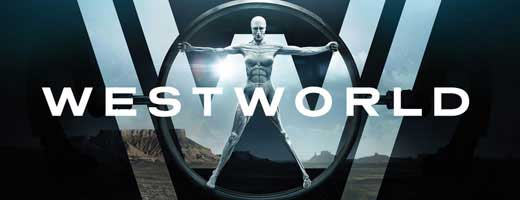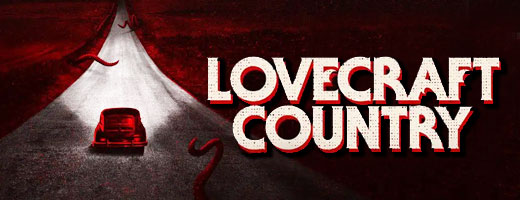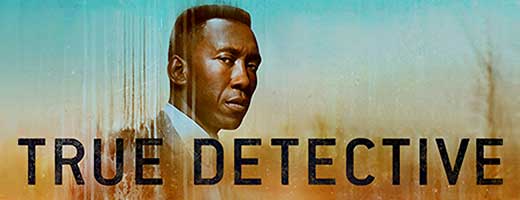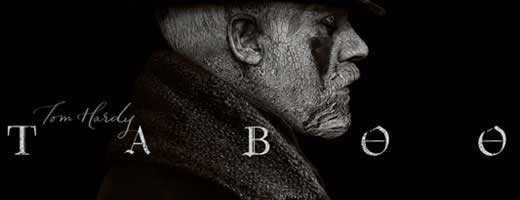An Agricultural Take on Westworld 3:1

Have a Theory? Share It Now!
Connor here! Long time listener but first time writer. First, I wanted to say thank you for all of your dedication to your shows! I am a subscriber to ALL of your pods and have converted my boyfriend and little brother as of recent. Your fun banter and witty discussions have become a staple of my days and can truly be refreshing when life gets extra busy. I stay busy as an Animal Science teacher, a graduate student working on her thesis in AG. Education, a coach of a livestock show team, and balancing other bits of life. With the COVID-19 situation and my students moved to online only, I find myself with more time than I know what to do with. When thinking about how many Agricultural travesties I’ve heard mentioned here on your pod that have made my skin crawl and after hearing Gene refer to Bernard’s current occupation as “on a dairy farm” on the Insta cast, I knew it was my duty as an AG teacher to write in.
Um actually, Bernard is not on a dairy production farm. More likely the show is trying to display in vitro cell culture of animal tissue. Nevertheless, we are for sure witnessing beef production – not fluid milk production. For some background, I grew up on a crop and hog production farm and my undergraduate is a double major in Animal Science and Poultry Science. U.S. animal agriculture production is highly specialized by species, breed, physiological state, age, and production goal. For example, in the hog industry sow farms are for breeding, gestation, and farrowing (that is the birthing term for pigs). At 21 days we wean the piglet from the sow and load them up to send to a nursery to grow to about 50 pounds. After that, they leave nursery and are sent to a grow out facility to reach market weight. At each of these facilities, feed is formulated specifically to meet the physiological needs of the pig. Think lactating sow probably needs more carbohydrates compared to a market hog who needs protein for growth. (It’s not hormones!!! But that is a rant for a different time.) in addition, we separate animals to meet their health demands which is why biosecurity is to the upmost importance to farmers.
The same goes for the cattle industry. Beef and dairy are just two different ball games both who require specialized producers, scientists, engineers, working to meet the needs of the animals to maximize production while also maintaining the welfare of the animal. Dairy in the US relies primarily on the Holstein cow (the black and white Chic-Fi-La cow). The Holstein produces about 90% of our fluid milk due to its ability to produce high quantities of milk. In the Beef industry our most registered breed is the Angus due to customer demand and its excellent muscle growth and feed conversion.
To your defense, in Bernard’s opening scene with the wounded calf, that calf is actually a Jersey calf. Jerseys are the second most common dairy production cow. They are mostly used for further processed products like ice cream due to their high content of butterfat in their milk. The show also flashes Angus and polled Herefords, which are beef breeds, throughout the futuristic farm scenes which is comical to me but for their purposes it works.
I am looking forward to navigating through the rest of the season with you all (especially Big D because come on). Stay healthy everyone.
Best,
Con from North Carolina
Subscribe Now
- Android: https://shatpod.com/tv/westworld-android
- Apple/iTunes: https://shatpod.com/tv/westworld-itunes
Help Support the Podcast
- Contact Us: https://www.shatpod.com/contact
- Commission Movie: https://www.shatpod.com/support
- Support with Paypal: https://www.shatpod.com/paypal
- Support With Venmo: https://www.shatpod.com/venmo
- Shop Merchandise: https://www.shatpod.com/shop
- Shop Amazon With Our Affiliate Link – https://www.amazon.com/?tag=shatmovies-20
- Theme Song – “The Ecstasy Of Gold” (Hip Hop Instrumental Version) by Dj 2 Bad
- Outro Music – By Simon Eric Haywood







Thank you so much for calling us out on that. I love when listeners have expertise none of us have, and they use it to help us deepen the analysis of the show. I found this all really interesting, and I hope you will continue to be a regular writer this season!